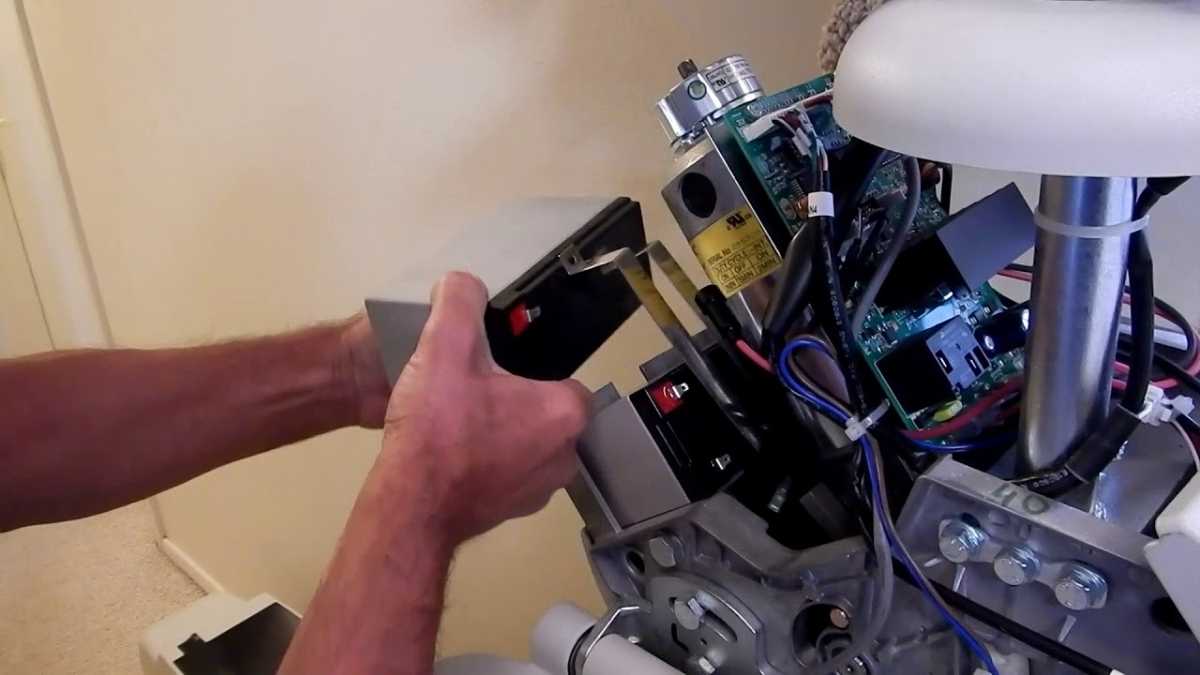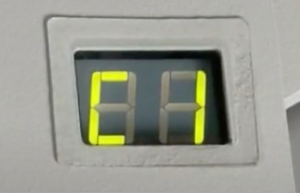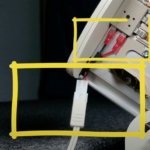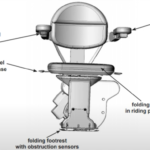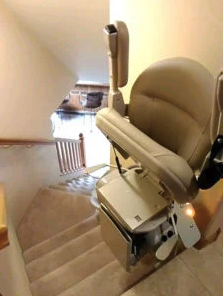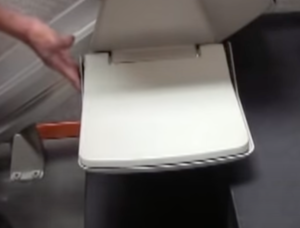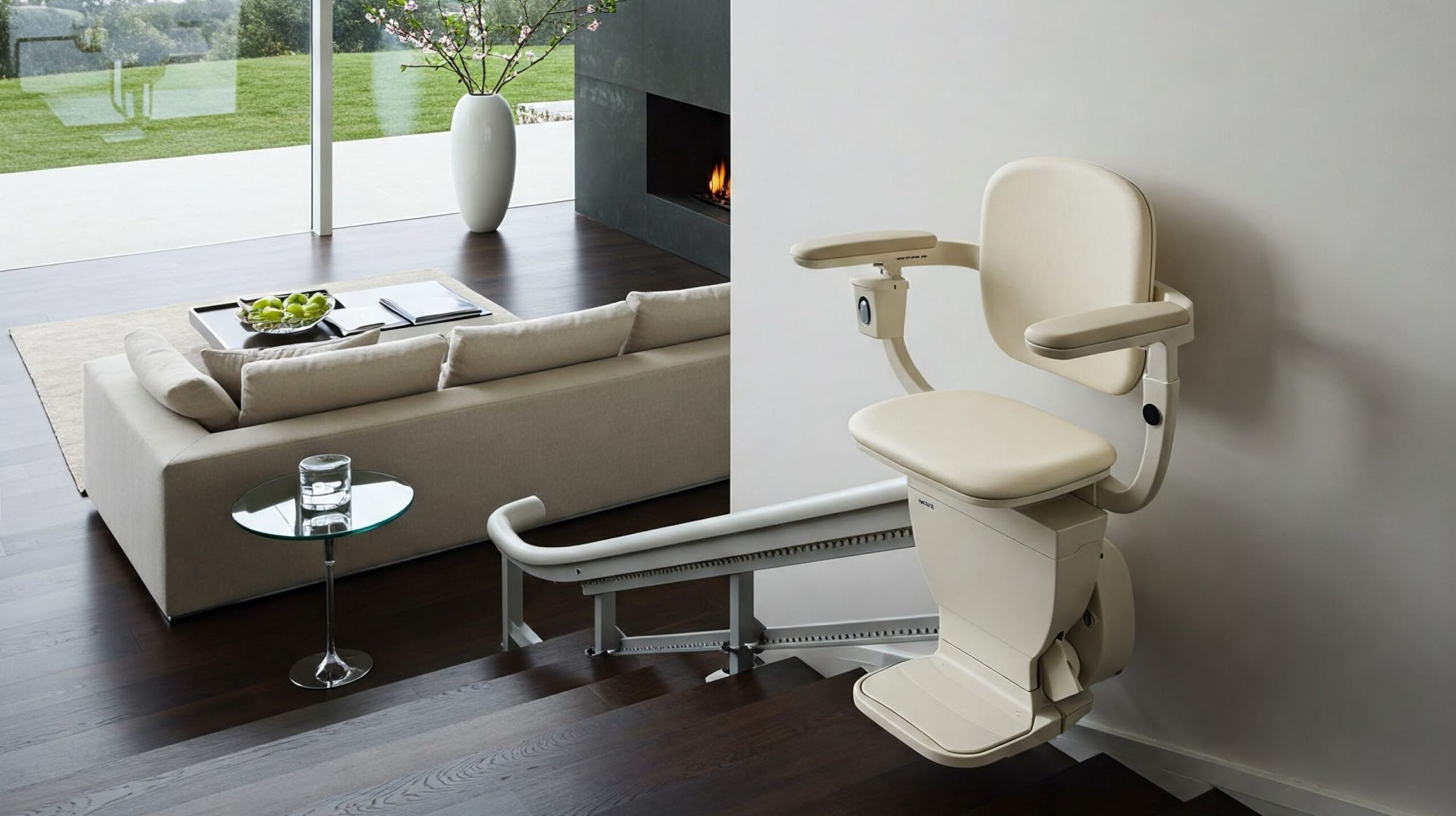
When you live in a two-story house and have limited mobility, getting around can be a chore. With today’s technology, you don’t have to let stairs get in your way. A residential stairlift can help you freely move between different floors without worrying about falling or getting hurt. However, like all technology with moving parts, there are still some occasional stairlift problems you might encounter.
These issues can range from minor annoyances to serious problems that need to be addressed by a professional, like the stairlift experts at Clock Mobility. In this article, we’ll look at some of the most common problems with residential stairlifts and share troubleshooting tips when applicable.
Common Residential Stairlift Problems
The most common issues related to residential stairlifts include:
Unexpected Stops
Stairlifts are designed to stop at a landing, but they can also stop unexpectedly. Most modern stairlifts, like the ones from Bruno, contain batteries that prevent stops from happening.
A common cause of an unexpected stairlift stop is if a sensor has been triggered. For your safety your chair contains multiple sensors to prevent you and others from getting hurt. Debris and wear can degrade the sensor performance. Read the section below on what you can do.
If the fixes below doesn’t remedy the unexpected stops, it’s best that you talk with a technician to have it checked out.
Dead Stairlift Battery
Stairlifts from Bruno (our preferred partner) contain two 12-volt batteries that get recharged as they move up and down the track. If you lose power at your home, your batteries are capable of moving your seat up and down for about 10-12 round trips. Like all batteries, they have a lifespan. Generally, stairlift batteries last between 2 and 5 years depending on the number of cycles (trips) you make on the lift. If you get an error code (see below) for the battery then it’s time to replace it.
The 12v battery required is not unique to stairlifts. It’s the same battery you might find in a variety of other devices and is fairly easy to replace on your own. If you want further peace of mind, a mobility expert can assist you in purchasing and replacing your stairlift battery.
Unpleasant Stairlift Noises
When a stairlift is running, it shouldn’t make any grinding or rattling noises. If it does, that’s an indicator that there is a mechanical problem with your stairlift. This could happen because of issues with the rollers, gears, or an obstruction in the track.
The first step would be to inspect any obvious problems with your stairlift. If it passes the visual inspection, then it’s recommended that you reach out to your stairlift provider for assistance. Many of these types of replacement parts are covered under warranty from the manufacturer.
Obstruction
If your stairlift is getting stuck while traveling up or down the stairs, it could be because of obstructions in the track of the rack hinge rail. These obstructions can be anything like toys, new flooring or carpeting, or trailing wires on the top or bottom of the stairs. For smooth operation, you should remove the obstruction from the path and call a technician to lubricate the entire track to prevent those bumpy rides.
Error Codes
Some stairlifts include displays that allow for error codes to give information to the user. When you see an error code, it means that there is a problem that the internal software has identified. Many of the codes are simple to fix (like a seat in the up position) and can be found in your user manual. For Bruno Stairlifts, look under the seat to view the code. We have included a few of the codes you might encounter. Please note: Bruno Elan stairlifts only contain a single light as this is not meant as an exhaustive list.
Common Bruno Stairlift Error Codes
Single beep = check seat swivel, armrests and footrest and any obstructions
Continuous beep = unit is not charging (either not fully on the charging station or the charger has come unplugged)
A2 Seat in up position, seat fold switch closed
A3 Seat out of riding position (swivel limit open)
A7 Seat or Footrest jammed (actuator stalled)
C1 Charging
C2 Off Charge
C3 Off Charge and Not Parked
C4 Parked and Charger Not Detected
C5 Battery Voltage Critical
C6 Battery Voltage Low
L1 Seat Safety Switch Open
L2 Up Limit Switch Open
L3 Down Limit Switch Open
L5 Seat Fold Switch Open
L6 Mid-Rail Park Active
L8 Soft Stop Switch
If you hear a single beep, check the swivel and footrest and clear any obstruction. If you hear a continuing series of beeps, the unit is not on the charging station.
Different Ways To Troubleshoot a Malfunctioning Stairlift
Here are some tips to help you troubleshoot any potential issues:
Check the Power Supply
Most residential stairlifts use two power sources: battery and AC. If you’ve noticed that your stairlift is moving more slowly than usual, the first thing you’ll want to do is visually check the battery. Make sure your battery is connected and that there is no corrosion or damage to the terminals.
If you lose complete power, you should check your circuit breakers to ensure there are no blown or tripped breakers. If your battery is still having issues, it may need to be replaced, especially if it is over three years old.
Examine Key Switch, Battery Disconnect Switch and Power Switch
Often located on the stairlift armrest or lower front cover, key switches prevent accidental operation by small kids or unauthorized persons. Additionally, the battery disconnect switch is the main shutoff switch — located on the lift carriage — that disconnects the power and disables all the functions when turned off. If your stairlift suddenly stopped working, it may be because one of these switches is turned off. This switch must be in the “on” position in order for your lift to operate properly.
Sometimes it helps if you toggle the switch off and on again to get the stairlift to power back up.
Check Footrest and Armrest Sensor
Sensors play a major role in the smooth operation of the residential stairlift. Footrests come with sensors that ensure the rest is properly down before moving up and down the track. Similarly, the armrest sensor prevents the stairlift chair from moving until the arm is folded down in a horizontal position. If your chair isn’t working right, it could be because one of these sensors has been triggered. There may also be something blocking your footrest or armrest from folding into their operating positions, so check for obstructions in the stairwell and around the chair.
Make Sure the Seat is Locked
In order for a stairlift to operate, the seat must be locked in the riding position. If the seat isn’t locked, the stairlift will refuse to work. This serves as a safety function, to ensure you’re never riding your stairlift in an unsafe manner.
Try to swivel your seat. If it moves then it is not locked. Move it into the proper position, and you’re good to go. This is an easy fix and one of the most common reasons a stairlift may not run as expected.
Test the Operation of the Obstruction Sensors
There are often sensors on the two sides of the seat that trigger when hitting an obstruction. Although they might look fine, there could be debris triggering the sensors to prevent operation. In this case push the sensors in on both sides and make sure they function properly and freely.
After a few times of doing this on each side, if they are still causing the chair from moving, call a professional.
Test the Operation of the Obstruction Sensors
There are often sensors on the two sides of the seat that trigger when hitting an obstruction. Although they might look fine, there could be debris triggering the sensors to prevent operation. In this case push the sensors in on both sides and make sure they function properly and freely.
After a few times of doing this on each side, if they are still causing the chair from moving, call a professional.
Inspect the Carriage Safety Panel
On either side of your chair, or carriage (as it’s sometimes referred to) there is a carriage safety edge sensor. These sensors can easily be blocked by dirt, dust, debris, or household items. Make sure there are no obstructions on the stairway that would cover up these sensors and prevent your lift from running.
Clean Your Stairlift Rail
Over time, dirt and debris can build up on the rail and in the grooves of the track that your chair runs on. The best way to prevent this from keeping your stairlift from running properly is to regularly clean these areas. Make sure to dust the rail and track regularly, being careful to clean all the nooks and crannies where dust can hide. A dust cloth or light spray of a mild household cleaner should be all you need to clean your stairlift track.
Decided You Need Expert Stairlift Service? Stairlift Repair is a Click Away.
Residential stairlifts can help you get around your home more easily, but, like any machine, they can break down. While some problems can be easily resolved with the tips above, others may require the help of an expert stairlift technician. If your stairlift is having issues, contact the stairlift service team at Clock Mobility. We can help you choose the right stairlift for you, install a new stairlift, or repair your existing stairlift.

